Reetwika takes us on a tour of Dharchula, off the beaten path. It’s not so frequented by luxury travellers or backpackers. Crossing over to Nepal on foot is easy. A Different Truths exclusive.
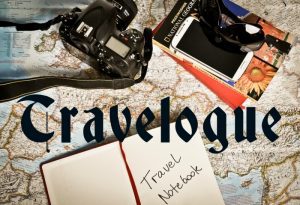 Dharchula, one of the barely visited tourist destinations of Kumaon (Uttarakhand) circuit, is a small trading hill town situated on the banks of Kali River (named so as this river’s water colour is darker than usual) perched at an altitude of only 3000 feet above sea level. No snow peaks are visible from here due to the truncated height of the river valley.
Dharchula, one of the barely visited tourist destinations of Kumaon (Uttarakhand) circuit, is a small trading hill town situated on the banks of Kali River (named so as this river’s water colour is darker than usual) perched at an altitude of only 3000 feet above sea level. No snow peaks are visible from here due to the truncated height of the river valley.
The hamlet got its name from two Hindi words – ‘Dhar’ meaning mountain peak and ‘Chulha’ meaning oven as the mountain valley of Dharchula closely resembles a clay oven when viewed from above. The sleepy hill station experiences heavy footfalls only during the sacred Kailash-Manasarovar Yatra when the pilgrims take a night halt at Dharchula as their intermittent stopover. Otherwise, it’s not so frequented by luxury travellers or backpackers as there is nothing picturesque to see other than to explore the international border between India and Nepal crossed only by foot over a narrow hanging bridge.
A stark significance of the town is that free pedestrian movements across the international border are permitted for both Indian and Nepali citizens without any identity verification, inner-line permit, tourist permit or visa.
Politically, Dharchula falls under the jurisdiction of Pithoragarh, sharing an international border with Nepal and is known by the same name on either side. A stark significance of the town is that free pedestrian movements across the international border are permitted for both Indian and Nepali citizens without any identity verification, inner-line permit, tourist permit or visa. Unlike Manebhanjan of West Bengal, there are no roads here to enter Nepal. One can only walk across a hanging footbridge to get into the other side. This very fact thrilled us to visit Dharchula during our midsummer Kumaon trip.
We came across two superfluous rivers during our drive to Dharchula – Gori Nadi (White River) and Kali Nadi (Black River). They are named so as their watercolours are silvery and greyish respectively. Whatever be the shades, both had their own beauties. Spending splendid moments along their banks were the most memorable moments of our road trip to Dharchula.
What a thrilling adventure it was – a lifetime car rafting expedition indeed!
We had hired a Sedan from Pithoragarh for self-drive. During the road trip, it was
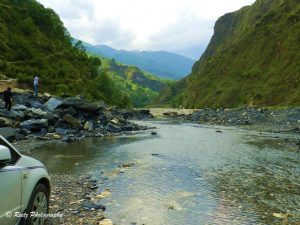
adventurous to dare a river crossing car ride over the Gori River (named so as the water sparkles like silver under the bright sun) as one of the connecting tunnels en route had crashed due to a recent massive earthquake. Oh, what a thrilling adventure it was – a lifetime car rafting expedition indeed!
The driving distance from Pithoragarh was only 83 kilometres but the roads were in pathetic condition at some of the places, stretching our journey time way beyond our theoretical calculation on the basis of road distance. As we drove to Dharchula, we also stopped at multiple intermittent spots and waterfalls, which looked photogenic. Some of them really were, few were overhyped.
We reached our destination by 2 pm after a four-hour strenuous road excursion. Surrounded by high mountains, the Indo-Nepal international border was just a stride away from our rest house. We dumped our luggage in the room and at once left on foot to witness the one of its kind border crossing experience. It was hardly a five-minute walking distance from our hotel. The road went gently downhill as we kept nearing the banks of Kali River.
There was a simple hanging footbridge made of Walnut timber and iron rods, under the surveillance of BSF (Border Security Force), serving as the international border between two lovely countries…
We could not believe our own eyes when we reached the border check post. Undeniably, it was going to be an unforgettable experience. There was a simple hanging footbridge made of Walnut timber and iron rods, under the surveillance of BSF (Border Security Force), serving as the international border between two lovely countries – our own India and sweet neighbour Nepal across the Kali River. However, there were photography restrictions at the crossing point.
The gurgling sound of the Kali River beckoned us so much that we decided to touch the chilly waters before walking to Nepal. It was quite shallow comprising of a transparent rocky waterbed. After reaching the river bank we realised why the water appears darker here – it’s because of the abundance of shiny black pebbles scattered all along the see-through riverbed. We could not stop ourselves from picking up a few of them – unbelievably, one of those pebbles resembled a naturally crafted Shiva Linga.
Spending a refreshing hour at the Kali River bank, which forms a beautiful natural border between the two countries, we climbed the stairs up the hanging bridge to go for an afternoon walk to Nepal. The checking seemed quite lenient here as none of our credentials were verified before allowing us to step onto the bridge. Needless to say, both Indian and Nepalese currencies were willingly accepted on either side at equal valuations.
It was such an astonishing experience altogether to cross the international border on foot without visa or tourist permit, have lunch in Nepal and come back to India for tea.
It was such an astonishing experience altogether to cross the international border
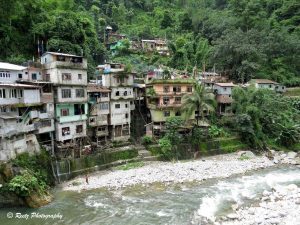
on foot without visa or tourist permit, have lunch in Nepal and come back to India for tea. Evidently, there was a soft blend of Kumaoni and Tibetan cultures in the tiny hill town of Dharchula.
Nevertheless, due to scanty footfalls round the year, the hill town did not have the typical flavour of a tourist-friendly hill station. We could hardly find any private hotel in the vicinity.
Night falls very early at Dharchula
After the exhaustive drive, our eyes rested for a couple of hours and when opened, it was already dark outside. Watch said it was 7 pm. We rushed out in search of food and could only manage a plate of steaming hot Pork Momo served with Tibetan Soup. Night falls very early at Dharchula; by 9 pm it was a dead city.
Photos by the author

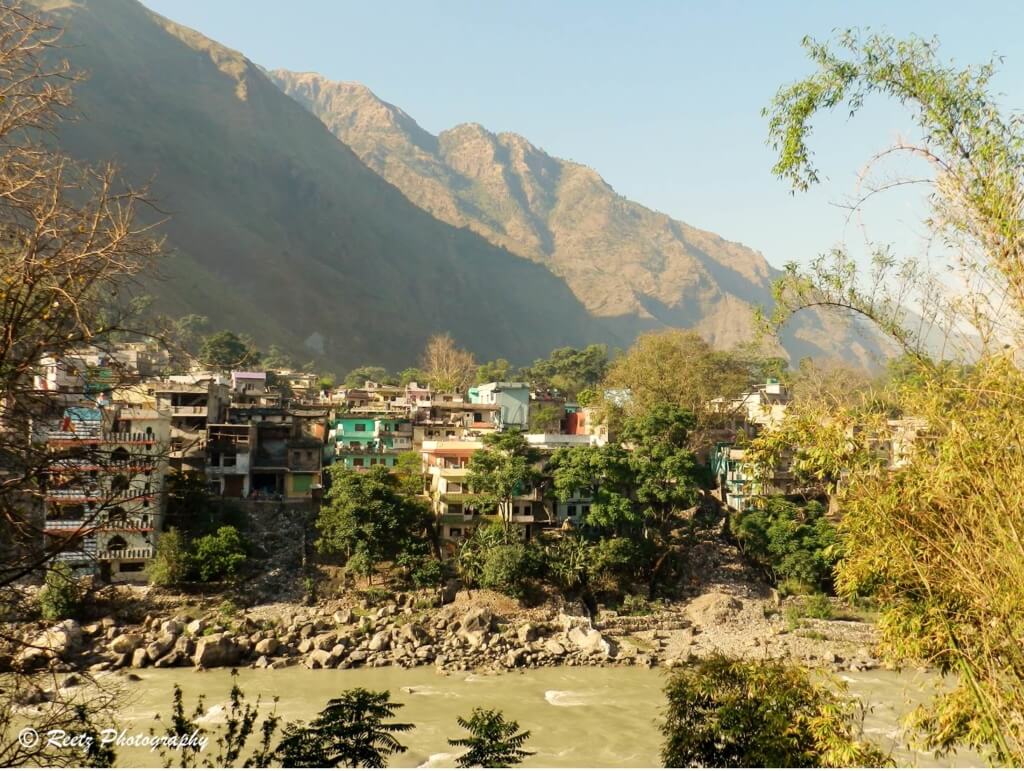
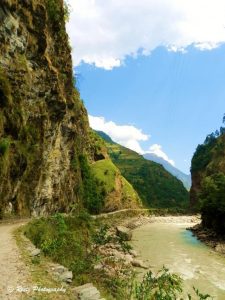
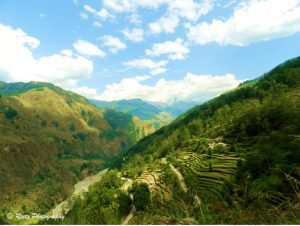
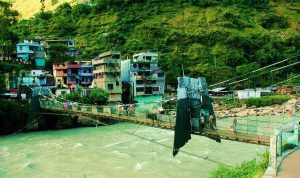



 By
By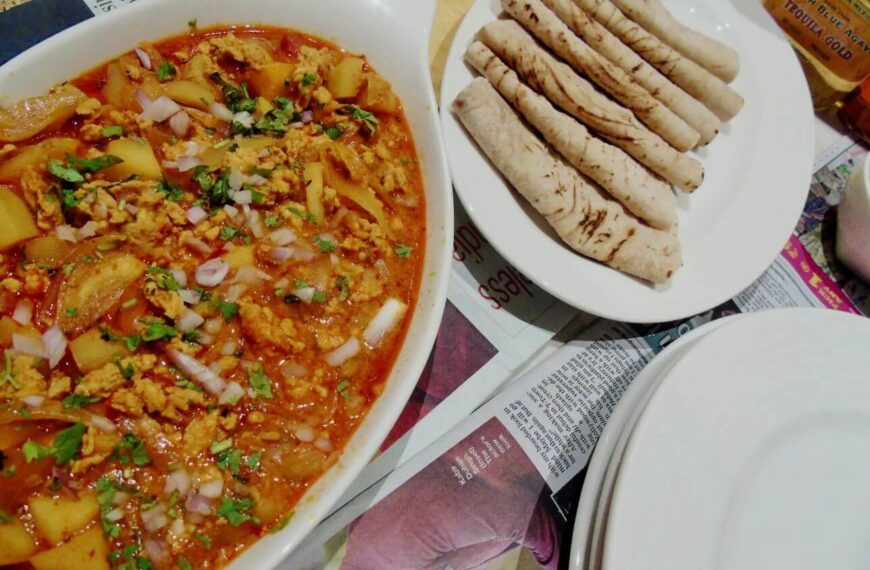
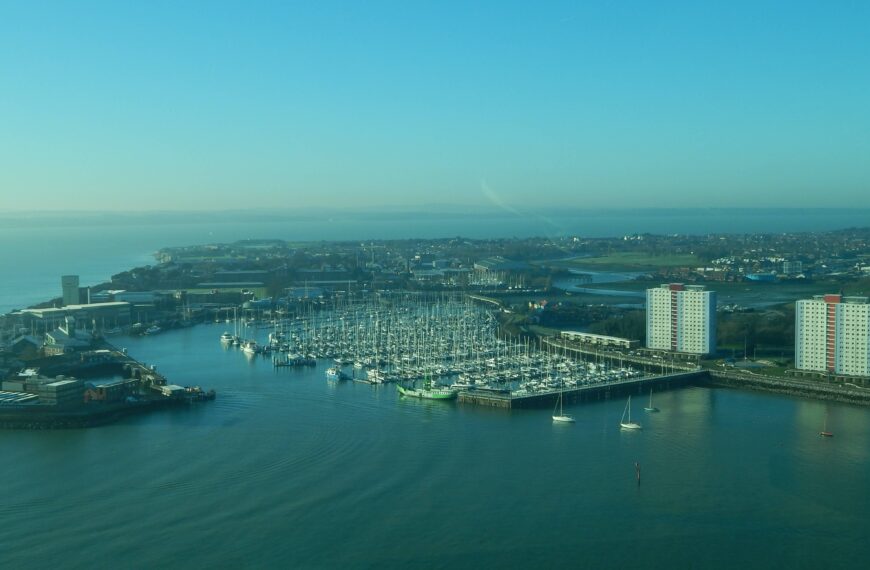
 By
By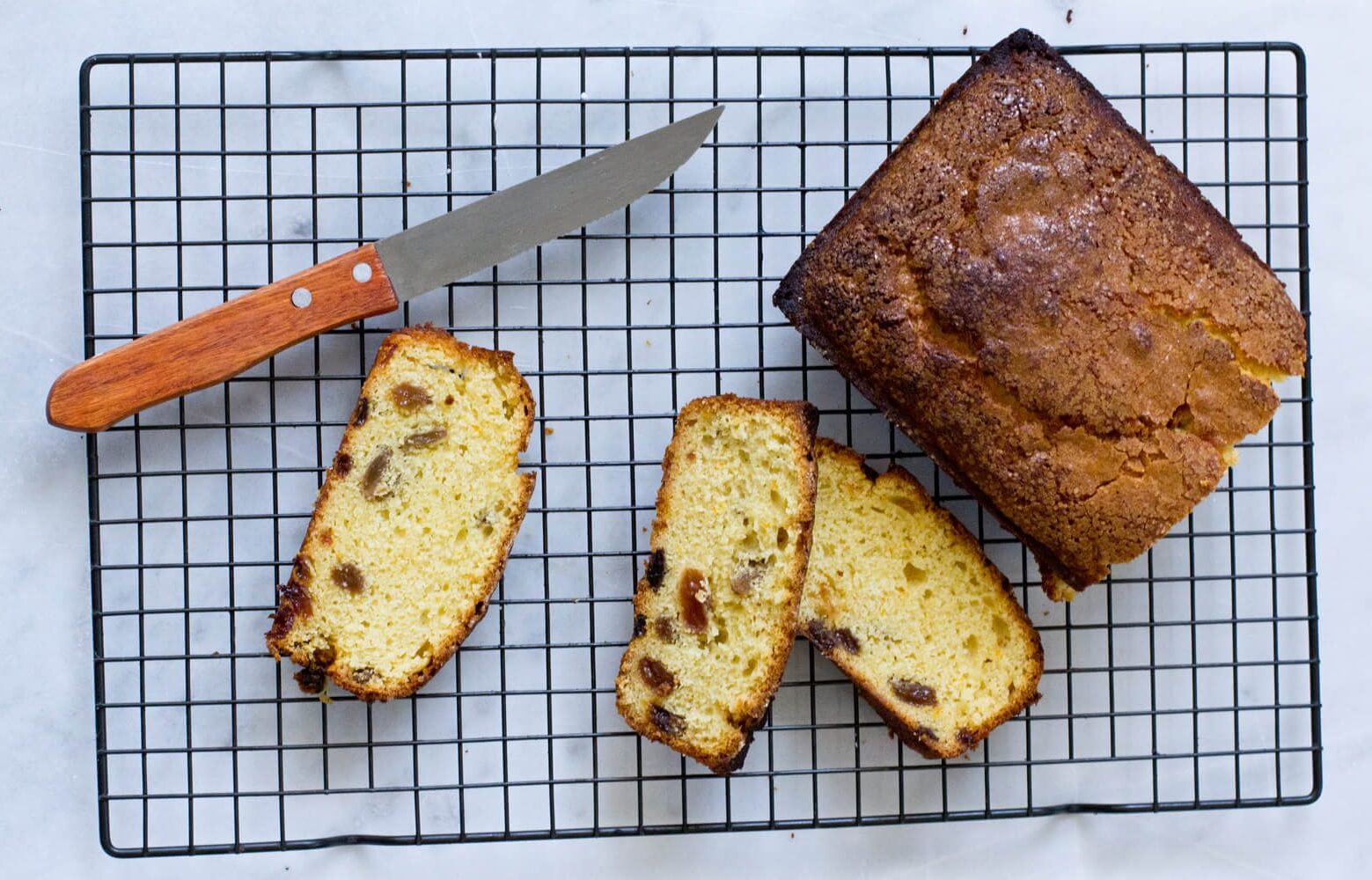
Beauty only nature can boast of; majestically stunning.